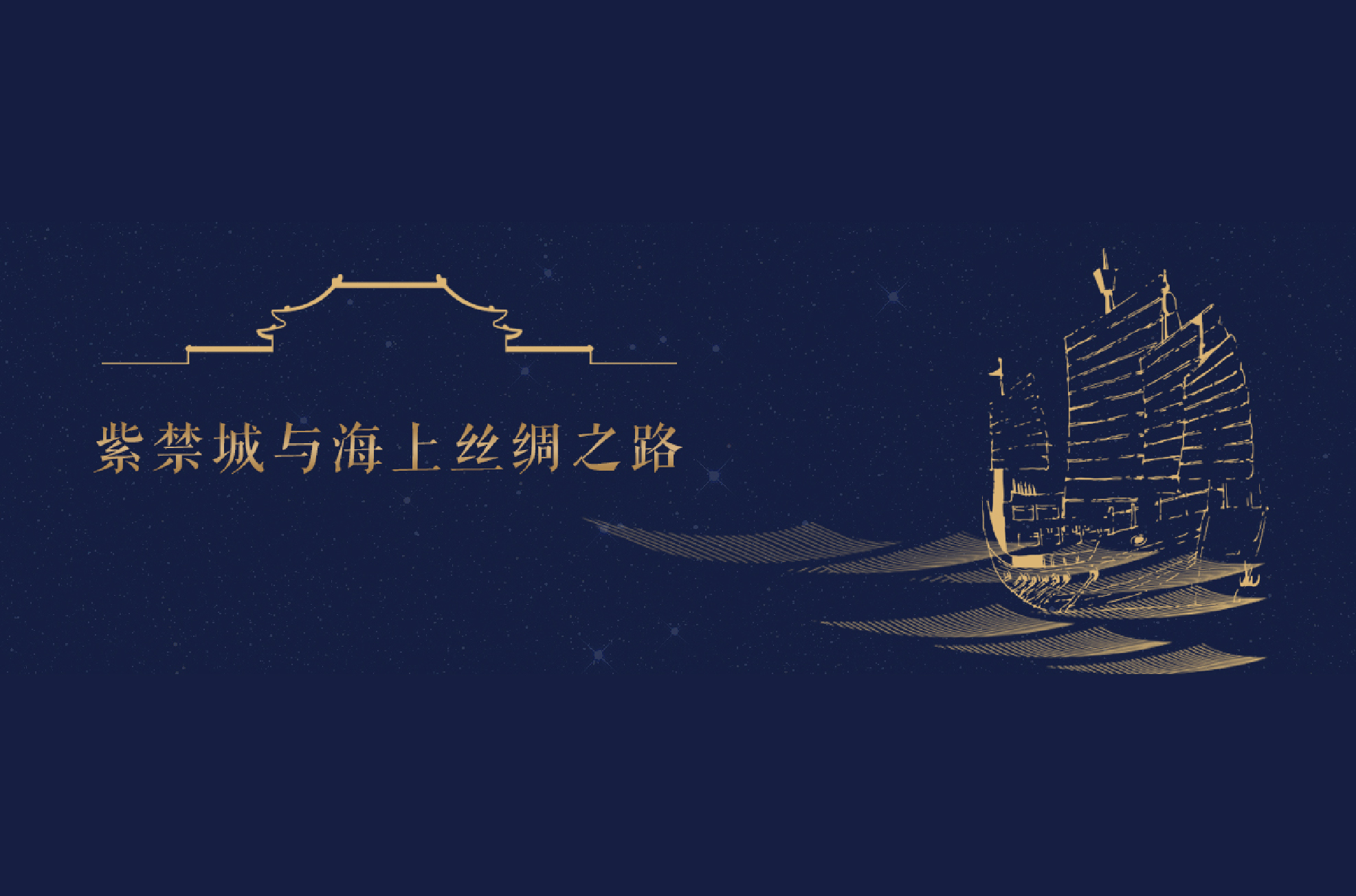
古老的“丝绸之路”是中国对外往来的门户。宋元以降,中国的瓷器、茶叶、丝绸等特产,通过中国东海、南海港口为起点的“海上丝绸之路”,随帆远播,加强了中国对外友好往来。明清时期,中外贸易与交流更加频繁,销往海外的中国产品深受各国人民的喜爱和追捧,同时,海外科学技术、艺术也漂洋过海,输入中国,其中一部分直达宫廷,融入到王朝政治和宫廷日常生活之中。
故宫博物院藏品中涉及“海上丝绸之路”的文物,主要来源于明清两代贡使往来礼品、外国传教士礼物、臣属的进献、宫廷采购与定购、奉旨由宫廷、地方作坊借鉴、仿制等。
本展览遴选珍品文物,向您叙说明、清两代宫廷通过“海上丝绸之路”,与外部世界互动的故事。
The Silk Road was a crucial trade route from China to the West since early antiquity. From the 10th century onward, a newly charted Maritime Silk Road carried Chinese porcelain, tea, and silk as far as North Africa; this route spread Chinese culture to that continent and the rest of Asia. From the 17th century, China expanded its trade with the rest of the world and interacted with a large number of loyal overseas merchants who purchased Chinese products. Chinese manufacturers customized goods for foreign consumers according to their needs and preferences. Meanwhile, advanced technology and art flowed into the Chinese market from overseas. Some items and products even became regular necessities in the imperial court. This exhibition will lead you through the pages of China’s historical interaction with the rest of the world during the Ming and Qing dynasties (1368-1911) by presenting 142 pieces or sets from the Palace Museum collection that are related to the Maritime Silk Road.
Section I: Sailing across the Seas
The Maritime Silk Road was China’s main trading route with the rest of the world for much of history. The introduction of new maritime routes in the 14th century increased Chinese exports, including tea, silk, and porcelain, to the West. The imperial court had manufacturing workshops that produced special gifts for visiting envoys and missionaries, and the emperor sometimes presented gifts through his functionaries to foreign guests.

Section II: Spread of Western Influence into China
A new wave of interaction between the East and West began in the mid-17th century. This exchange is largely due to Western missionaries, especially Jesuits, who spread Western science and arts, along with Christianity into China, and introduced China to the West. Many of the missionaries were specialists in given fields and were employed by the court. They instructed the emperors in Western academic disciplines and introduced Western art techniques to the palace artists. Consequently, the Forbidden City became a major center of Western thought and culture within China.

Section III: Interactions between the East and West
The emperors of the Ming and Qing dynasties showed a strong interest in Western science, art, production technologies, and raw materials. Due to their patronage, many workshops throughout China were introduced to Western methodologies and began to emulate Western craftsmanship and manufacturing processes. These new approaches were first applied on the local level in imperial workshops and manufactories. Eventually, these technologies and processes became widely accepted.

展览信息来源于故宫博物院官网